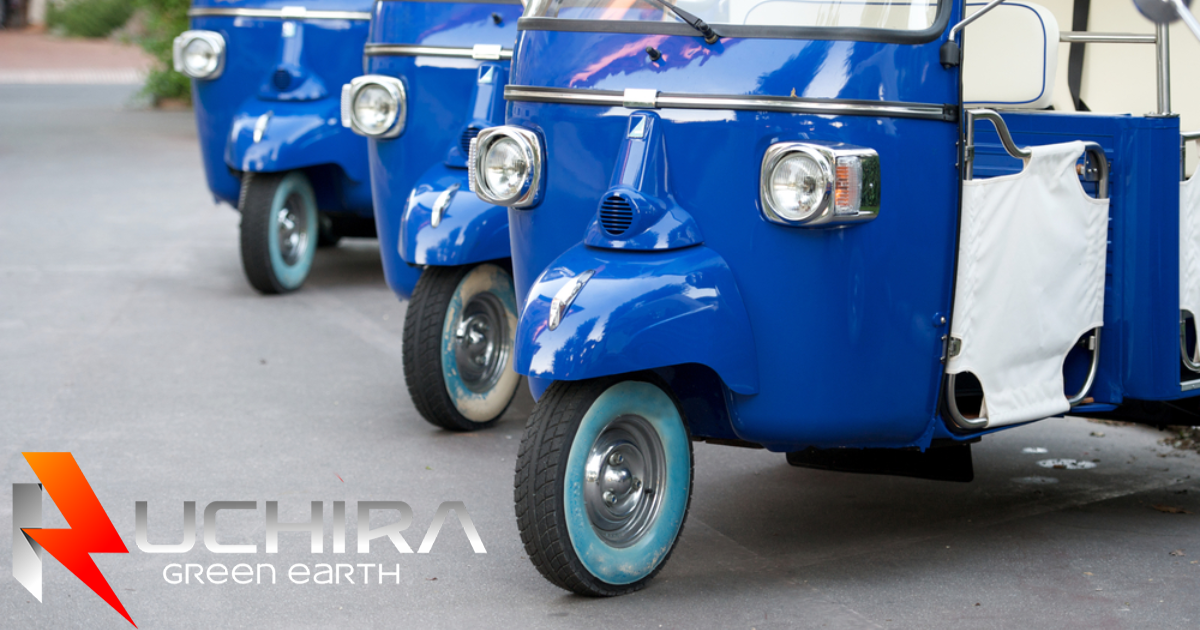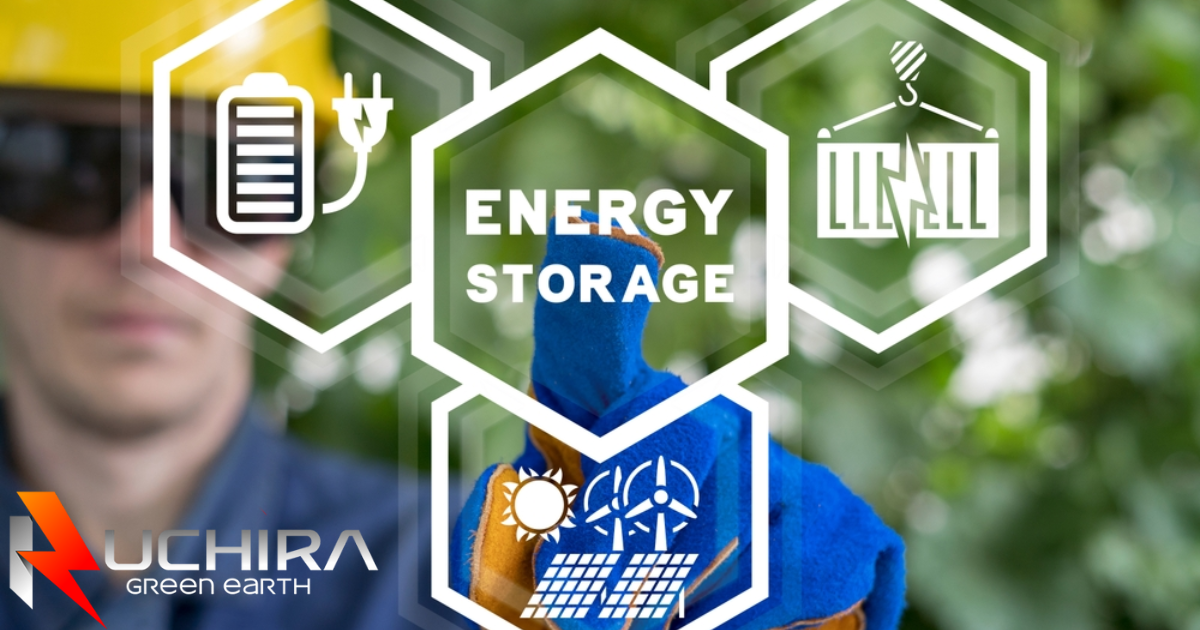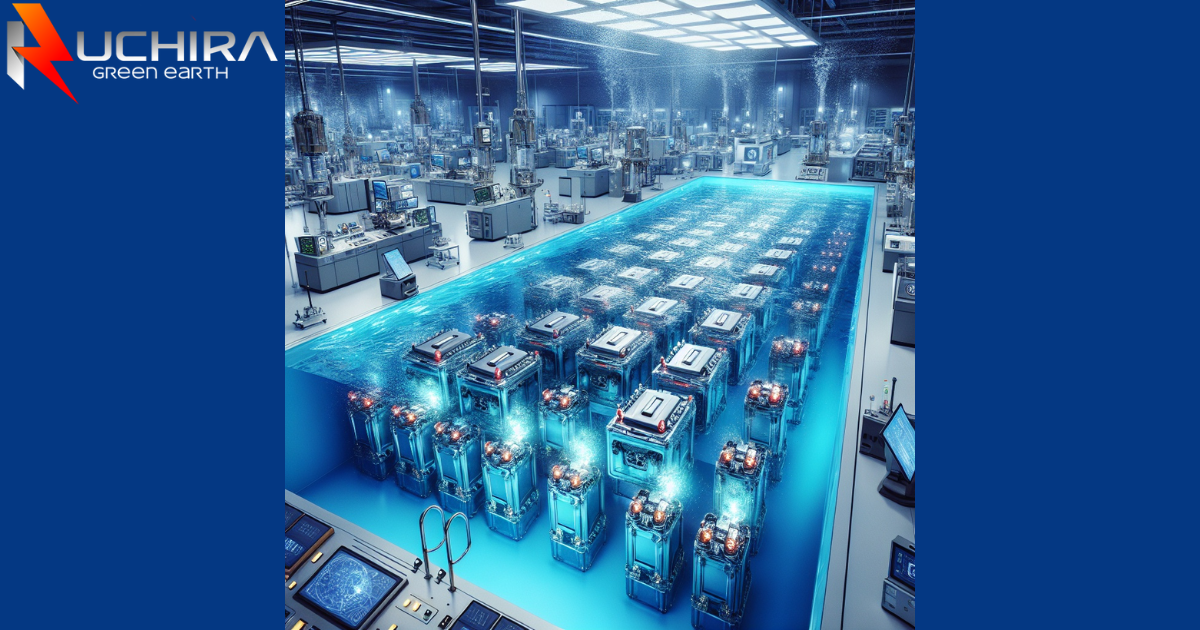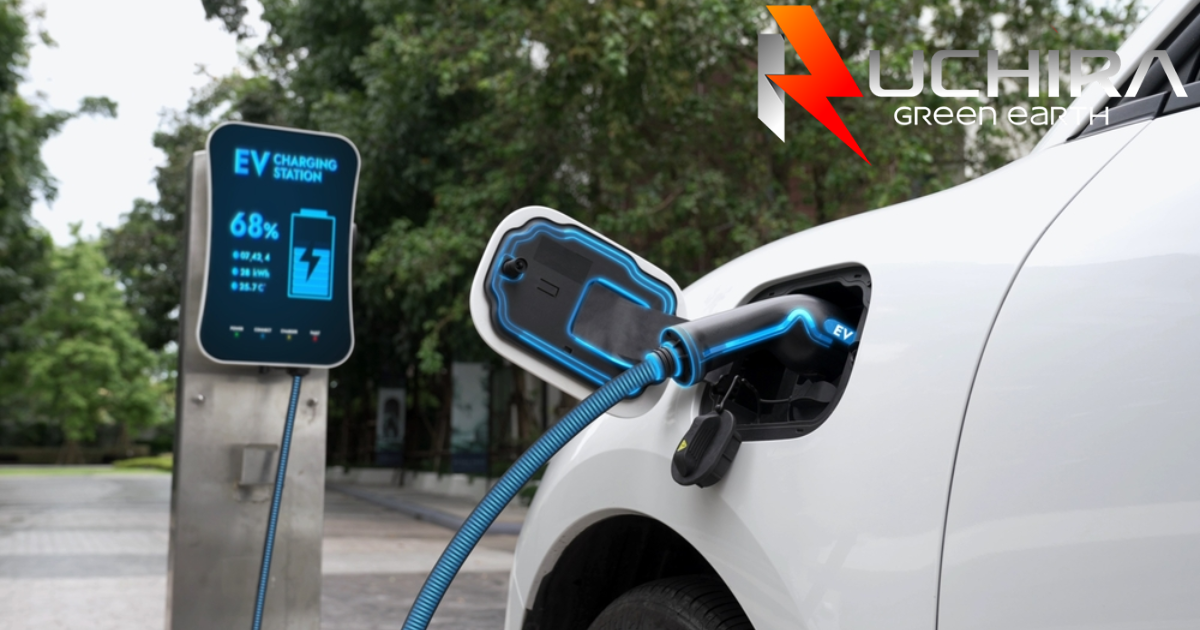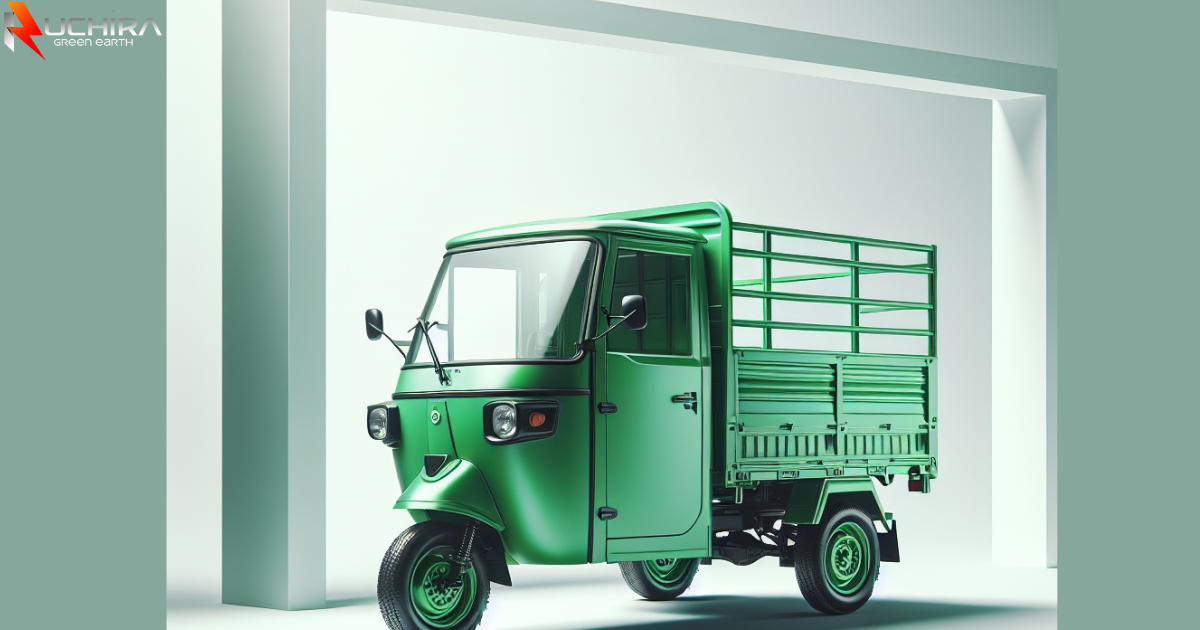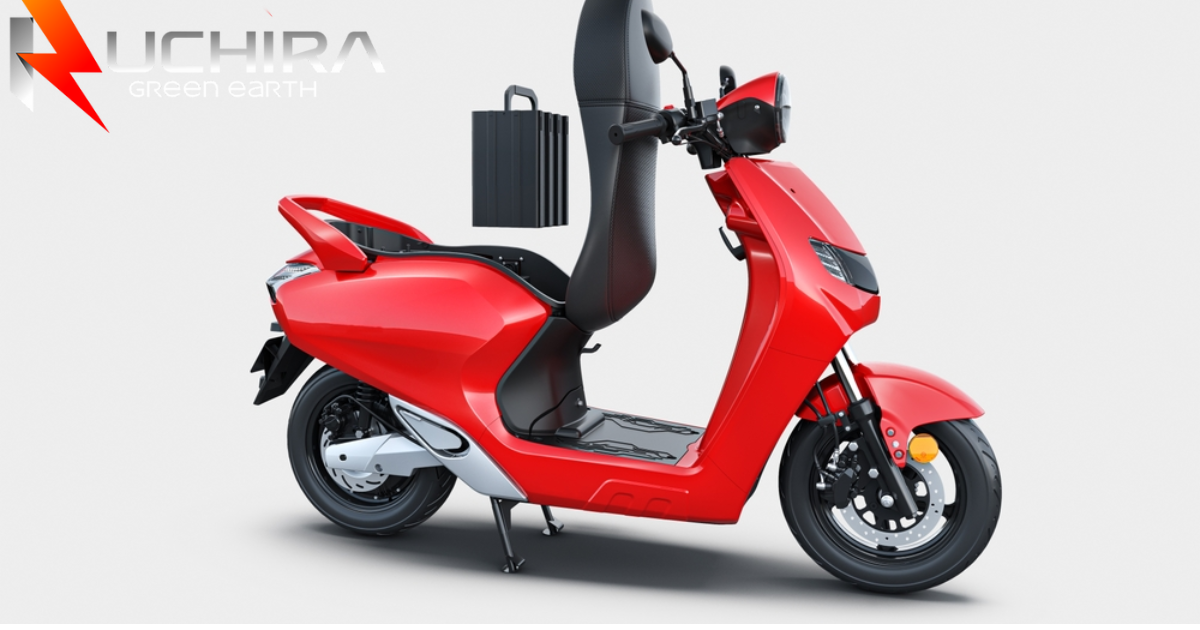In India, where the bustling streets and diverse landscapes demand efficiency and reliability, the shift to electric vehicles has become a game-changer. For those who rely on 3-wheelers for their daily journeys, switching to lithium-ion batteries can revolutionize the way you experience your vehicle. Here’s why making the switch to Akira’s lithium-ion batteries is not just a choice, but a transformative decision.
Embrace a New Level of Reliability
Imagine starting your day without worrying if your 3-wheeler will start. With Akira’s lithium-ion batteries, that peace of mind becomes a reality. These batteries are engineered for consistent performance, ensuring that your vehicle operates smoothly even during the most demanding days. No more unexpected breakdowns or unreliable starts—just a dependable partner in your daily journey.
Enjoy a Smoother, Quieter Ride
Experience the difference in every ride. Lithium-ion batteries offer a quieter and smoother driving experience compared to traditional battery technologies. The reduction in noise and vibration enhances your comfort, making each journey more enjoyable. Imagine cruising through your day with a battery that not only powers your vehicle efficiently but also makes your ride more pleasant.
Reduce Your Maintenance Worries
Think of the freedom that comes with less maintenance. Akira’s 3 wheeler lithium-ion batteries require minimal upkeep, allowing you to focus on your day rather than frequent battery checks. Fewer maintenance needs translate to less hassle and more time for what truly matters. It’s about enjoying your vehicle without the constant worry of upkeep and repairs.
Unlock Greater Efficiency
Efficiency is key in a world where every moment counts. Lithium-ion batteries are known for their high efficiency, which means you get more from each charge. This increased efficiency translates to better performance and longer-lasting power, making your journeys more economical and effective. Enjoy the benefits of a battery that works as hard as you do.
Benefit from Superior Support
With Akira, you’re not just buying a battery; you’re gaining a partner in performance. The support that comes with Akira’s three lithium-ion batteries ensures you have access to guidance and assistance whenever needed. This commitment to customer satisfaction reflects Akira’s dedication to making your experience as smooth and rewarding as possible.
Conclusion
Switching to Akira’s three lithium-ion batteries for your 3-wheeler is more than a smart decision; it’s a step towards a more reliable, efficient, and enjoyable driving experience. From enhanced performance and reduced maintenance to contributing to a greener future, the benefits are clear. Embrace the transformation and elevate your journey with a battery that meets the demands of modern life.
Ready to make the switch? Discover the advantages of Akira’s 3 wheeler lithium-ion batteries today and experience a new standard of reliability and efficiency. Take the leap towards a better driving experience and join the revolution in battery technology.
